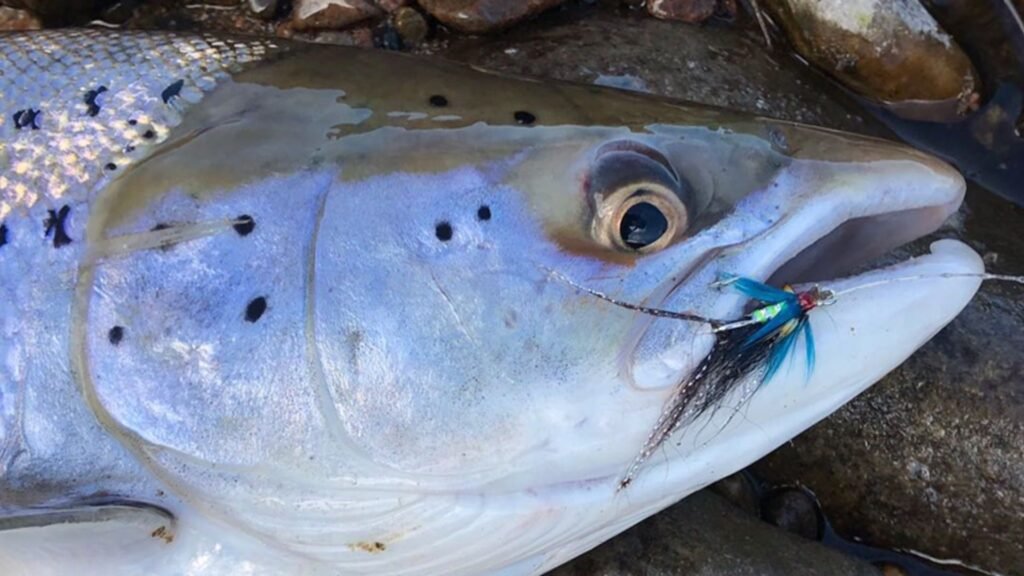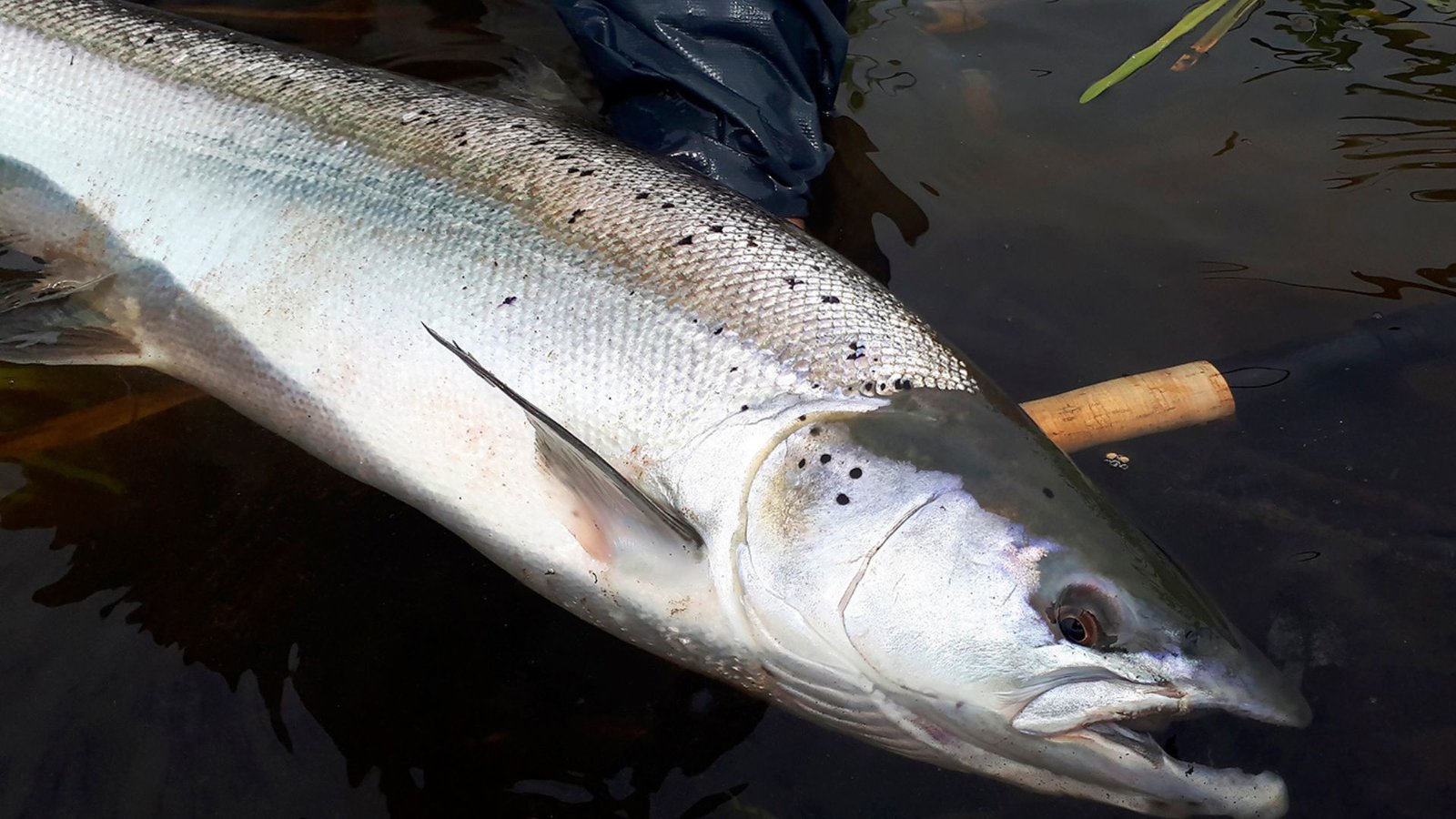Salmon fly fishing is a thrilling adventure, but choosing the right fly pattern can be daunting for beginners. Here, we explore some of the most effective and easy-to-use fly patterns that will help you get started on the right foot.

Best Salmon Fly Patterns for Beginners
1. Woolly Bugger
The Woolly Bugger is a go-to pattern for many anglers because it mimics various creatures like leeches, baitfish, and even large aquatic insects. Its versatility makes it effective in different water conditions, from rivers to lakes. For beginners, its simplicity of design and effectiveness in attracting fish make it a must-have in your fly box.
2. Elk Hair Caddis
This pattern is excellent for beginners learning dry fly fishing. The Elk Hair Caddis floats well on the water surface, making it easy to see for both the angler and the fish. It imitates adult caddisflies, which are a common food source for salmon. Its buoyancy and visibility make it a reliable choice, especially in fast-moving streams and rivers.
3. Adams
The Adams is a classic dry fly pattern that resembles various insects, making it versatile for different fishing scenarios. It can imitate mayflies, caddisflies, and even small stoneflies. Its design includes a gray body with a grizzly hackle and wings, providing a realistic silhouette on the water. Beginners find the Adams effective for catching salmon and trout alike, particularly during hatch seasons.
4. Prince Nymph
For fishing beneath the surface, the Prince Nymph is highly effective. It features a bead head that adds weight to help it sink and a flashy body that mimics various aquatic insects. This fly works well in rivers and streams where salmon feed on nymphs near the riverbed. Its attractiveness to fish and ease of casting makes it a favorite among beginners and seasoned anglers alike.
5. Hare’s Ear Nymph
The Hare’s Ear Nymph is another versatile pattern that imitates mayfly nymphs and other small insects. It has a buggy appearance due to its hare’s ear dubbing and a natural color scheme that resembles many underwater creatures. This pattern is effective year-round and in various water conditions, making it a staple in any beginner’s fly box.
Choosing the Right Fly
As a beginner, choosing the right fly pattern involves understanding local hatch cycles and matching the size and color of the fly to what the fish are feeding on. Observing the water for insect activity and experimenting with different patterns can help you determine which flies are most effective in your fishing area.
Tips for Success
- Practice Casting: Spend time practicing your casting technique to improve accuracy and presentation.
- Observe Water Conditions: Pay attention to water clarity and flow to determine the best fishing spots.
- Keep Your Flies Organized: Organize your fly box by season and type of pattern to quickly find the right fly when needed.
- Learn from Others: Join local fishing clubs or forums to learn from experienced anglers and gain insights into effective fly patterns.
Conclusion
Choosing the best salmon fly patterns for beginners involves experimentation and learning from experience. Start with these versatile and effective patterns to build confidence and enhance your fishing skills. Remember, each fishing trip is a chance to learn and improve your technique, so enjoy the journey and the thrill of landing your first salmon!
By following these tips and practicing regularly, you’ll soon become adept at choosing and using the best fly patterns for salmon fishing. Happy fishing!



